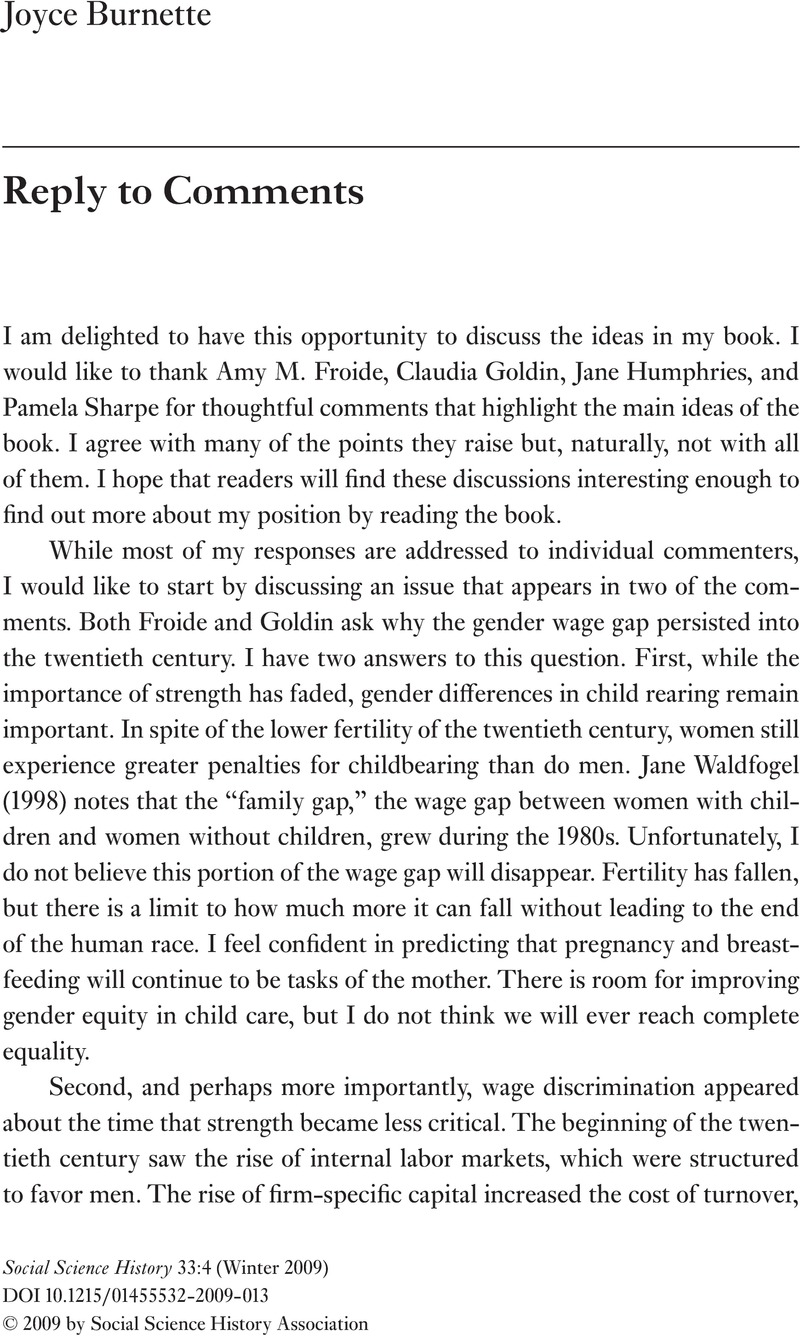Crossref Citations
This article has been cited by the following publications. This list is generated based on data provided by Crossref.
FIELD, JACOB F.
2013.
Domestic service, gender, and wages in rural England, c.1700–18601.
The Economic History Review,
Vol. 66,
Issue. 1,
p.
249.



